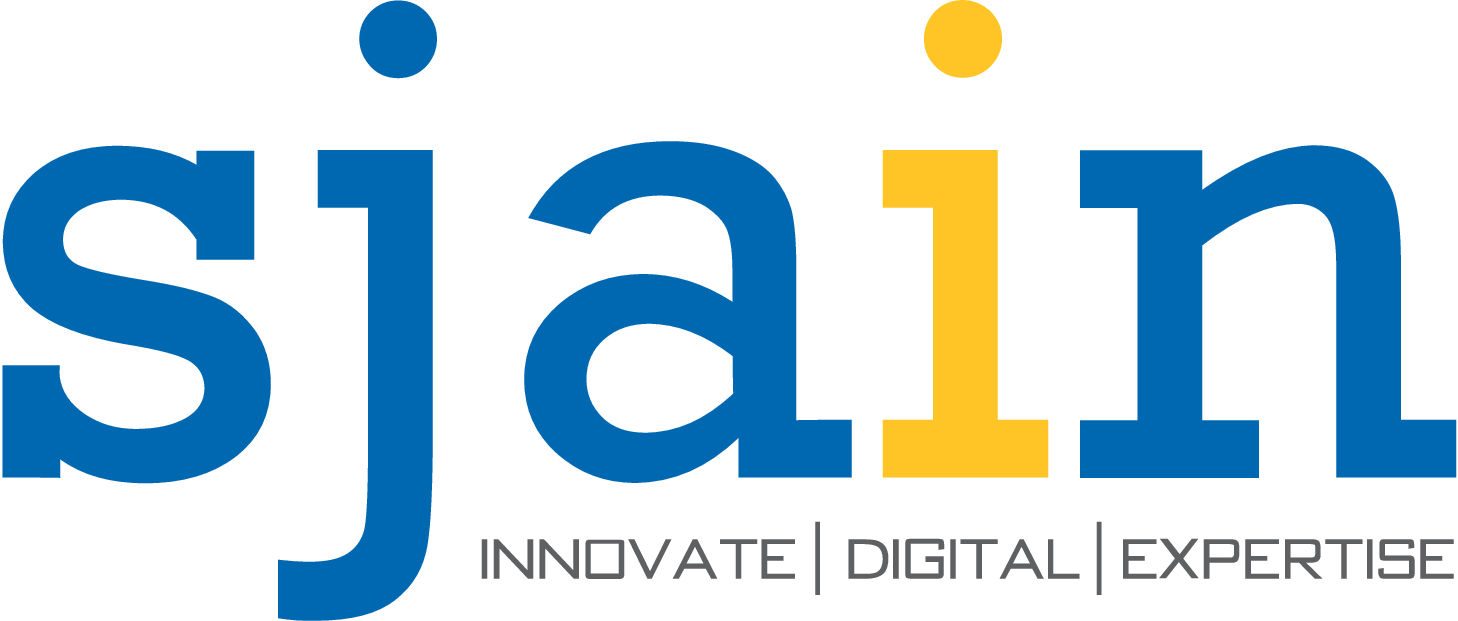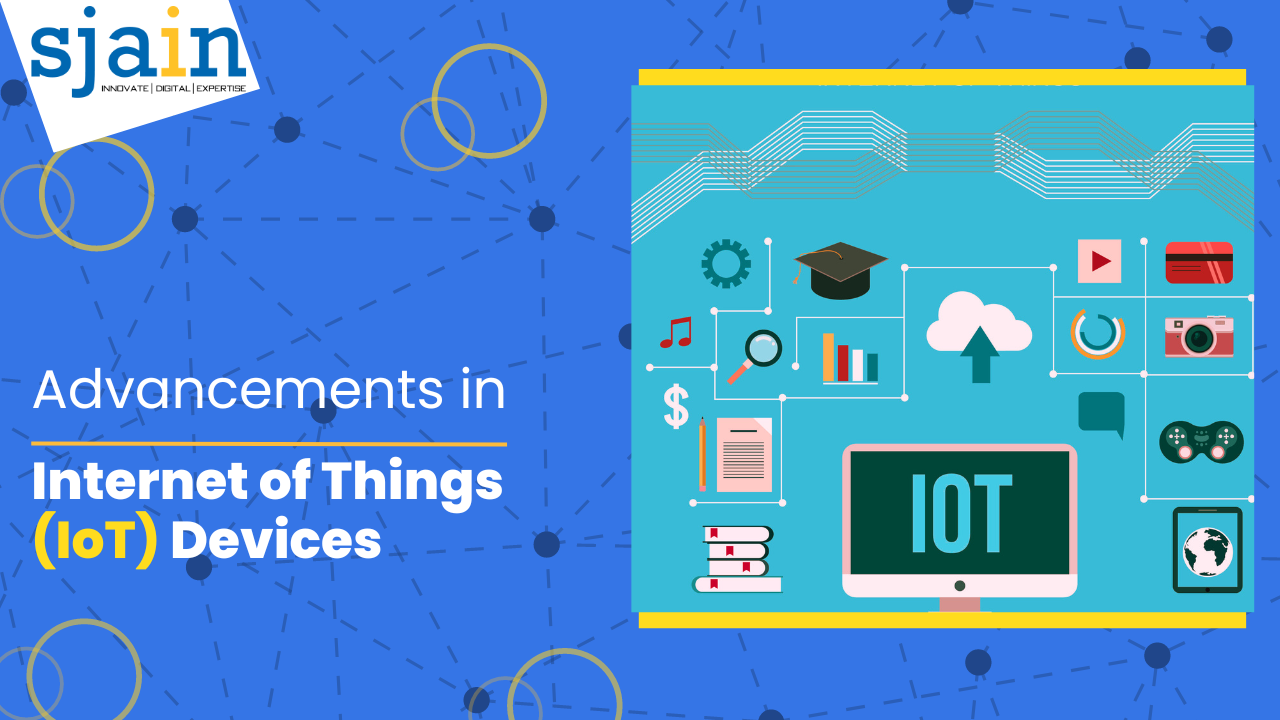Advancements in the Internet of Things (IoT) Devices
The online world of things, or IoT, has transformed how we engage with technology by providing seamless communication and connectivity across gadgets. Over the years, IoT devices have seen remarkable advancements, enhancing 18 various aspects of our lives. From smart homes to industrial automation, IoT devices have become an integral part of our daily routines. This article examines a few of the most significant recent breakthroughs in IoT devices & their implications for the future.
The Web of Things (IoT) is an ecosystem of connected devices that come with sensors, software, and network connectivity to gather and share data. These devices can be anything from smartphones and smartwatches to household appliances and industrial machinery. The advancements in IoT devices have revolutionized numerous industries and have the potential to transform the way we live and work.
What Internet of Things (IoT) is and How it Works
Evolution of IoT Devices
IoT devices have come a long way since their inception. Initially, IoT devices were primarily focused on basic functions such as data collection and monitoring. However, with technological advancements, they have become more sophisticated, capable of performing complex tasks and integrating with other devices seamlessly.
Enhanced Connectivity
One of the significant advancements in IoT devices is their improved connectivity options. The introduction of 5G technology has provided faster and more reliable connectivity, enabling real-time communication between devices. This enhanced connectivity has opened up new possibilities for IoT applications in various sectors, including transportation, logistics, and healthcare.
Improved Sensing and Monitoring
IoT devices now feature advanced sensors that can collect a wide range of data with high accuracy. These sensors can monitor environmental conditions, detect motion, measure vital signs, and much more. The improved sensing capabilities allow for better data collection, leading to more precise analysis and informed decision-making.
Artificial Intelligence Integration
The integration of artificial intelligence (AI) with IoT devices has been a game-changer. AI algorithms can process vast amounts of data collected by IoT devices and derive valuable insights. This enables predictive analysis, anomaly detection, and automation, enhancing the overall efficiency and functionality of IoT systems.
Energy Efficiency
Energy efficiency is a crucial aspect of IoT devices. Advancements in energy harvesting technologies and low-power communication protocols have made IoT devices more energy-efficient. This ensures longer battery life and reduces the overall environmental impact of IoT deployments.
Enhanced Security Measures
As IoT devices become more prevalent, ensuring their security becomes paramount. IoT device manufacturers have implemented robust security measures to protect against cyber threats and unauthorized access. Encryption protocols, secure authentication mechanisms, and regular software updates are some of the advancements in IoT security.
IoT in Healthcare
IoT devices have immense potential in revolutionizing healthcare delivery. From remote patient monitoring to smart medical devices, IoT enables real-time data collection and analysis, leading to improved diagnostics and personalized treatments. IoT devices can also help in managing chronic conditions and ensuring timely intervention.
Smart Cities and Infrastructure
The concept of smart cities relies heavily on IoT devices. Smart infrastructure, including intelligent traffic management systems, energy-efficient buildings, and waste management solutions, is powered by IoT technology. These advancements make cities more sustainable, efficient, and livable.
Industrial Automation and IoT
IoT devices play a pivotal role in industrial automation. They enable real-time monitoring of machinery, predictive maintenance, and optimized production processes. IoT devices integrated with industrial systems improve operational efficiency, reduce downtime, and enhance worker safety.
Consumer Electronics and Wearables
IoT has also made its way into consumer electronics and wearables. Voice-controlled assistants and wireless thermostats are among the most popular devices for smart homes. Wearable devices like fitness trackers and smartwatches collect health data and provide personalized insights, promoting a healthier lifestyle.
Future Trends in IoT Devices
The future of IoT devices holds exciting possibilities. Advancements in edge computing, blockchain technology, and quantum computing are expected to further enhance the capabilities of IoT devices. Furthermore, combining IoT with upcoming technologies such as augmented and virtual reality will open up new opportunities for innovation.
Challenges and Concerns
While IoT devices offer immense potential, they also come with challenges and concerns. Privacy and data security remain critical issues, requiring stringent regulations and standards. The interoperability between different IoT devices and platforms also poses challenges that need to be addressed for seamless integration.
Conclusion
IoT device improvements have revolutionized many facets of our daily lives, from the way we control our houses to the way businesses run. IoT devices are paving the path for a more intelligent and interconnected world through improved connectivity, sensor capabilities, AI integration, and even energy efficiency.

